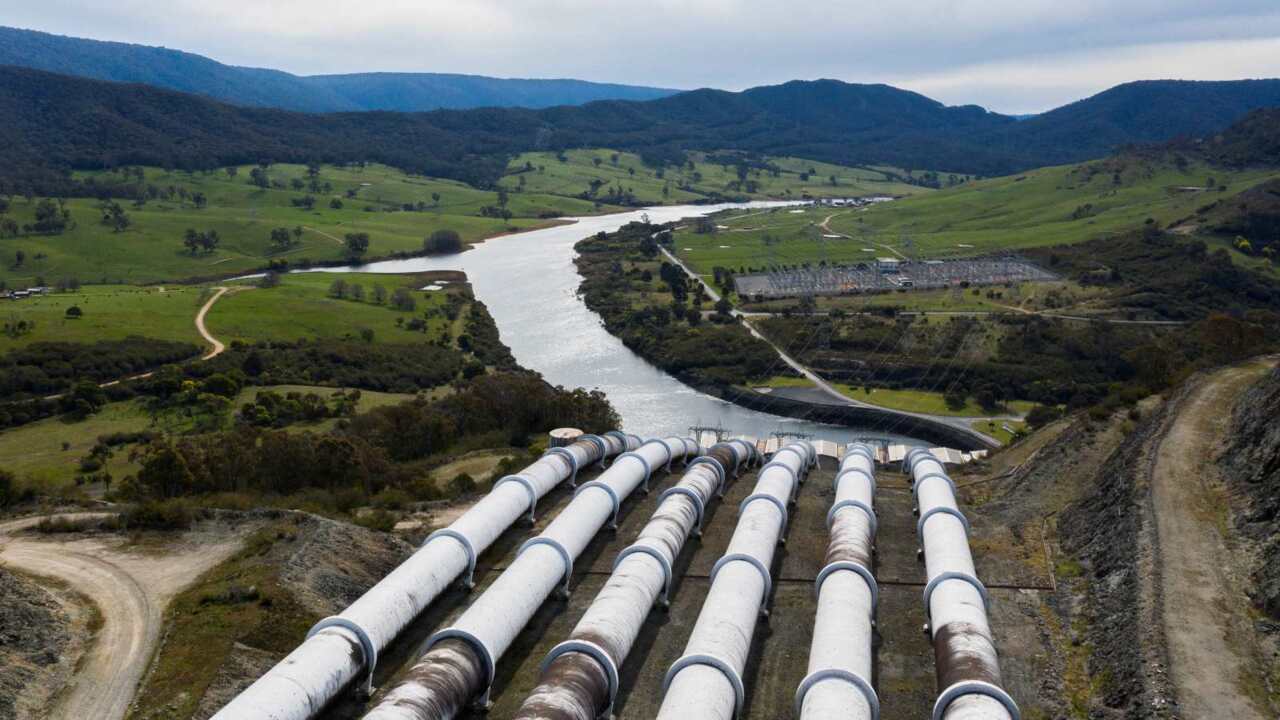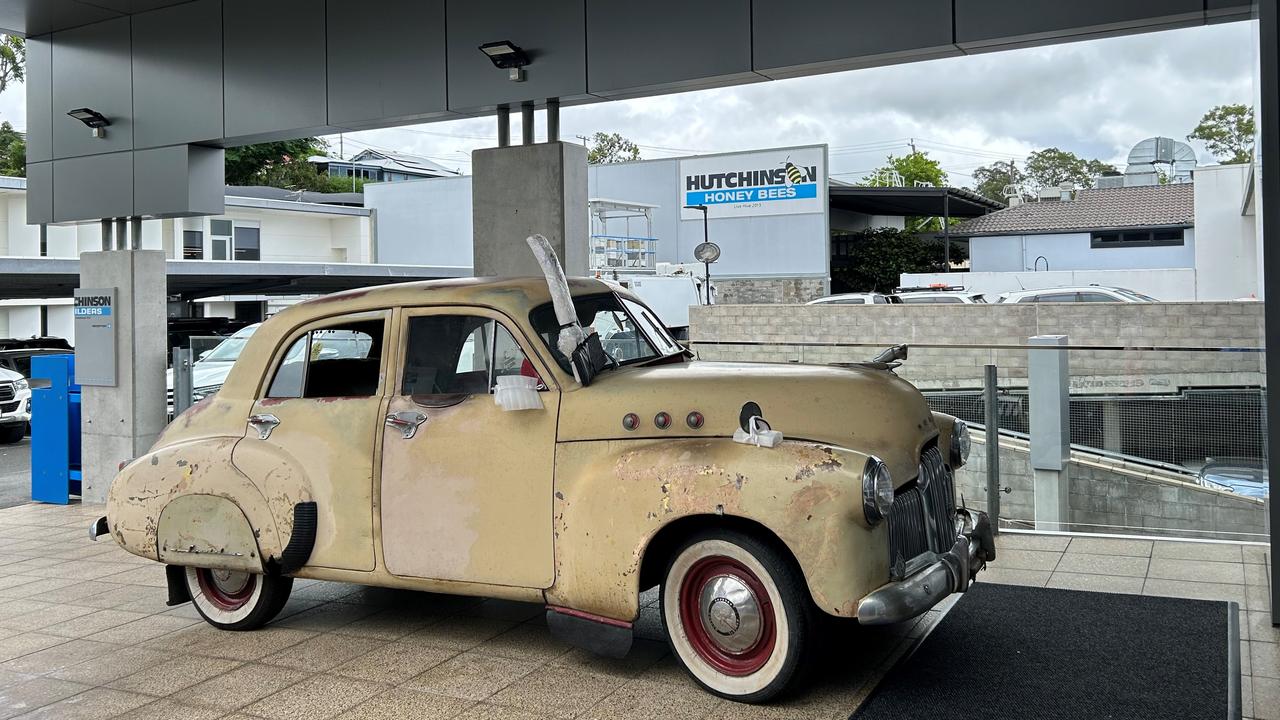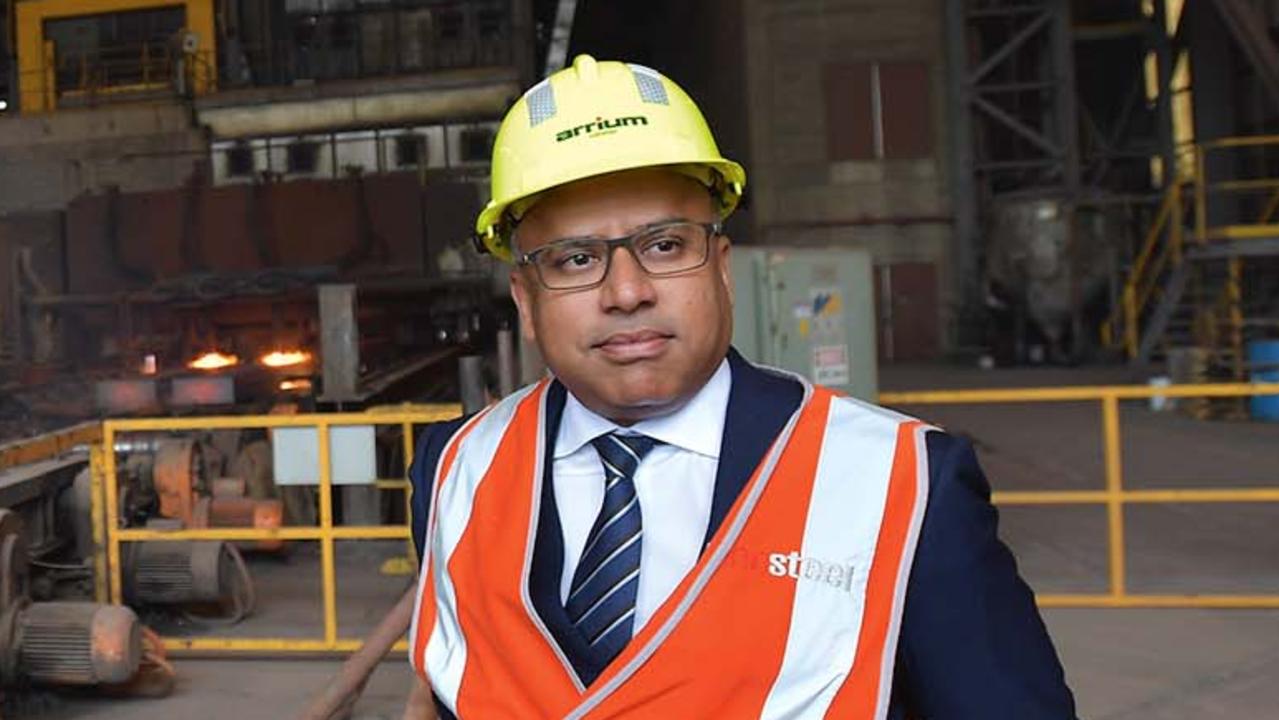Hydrogen to be post-COVID job creator: Minister
It’s the sci-fi like industry which is being spruiked as a major job creator in the post-COVID world. But there is a big hurdle that needs to be overcome if Australia, and Queensland in particular, is to cash in.
QLD Business
Don't miss out on the headlines from QLD Business. Followed categories will be added to My News.
Hydrogen is set to be a major employer in a post-COVID world, if it can overcome technical challenges.
Energy Minister Angus Taylor will make the claim today as he spruiks the industry has the capability to create 8000 jobs and $11 billion for the economy by 2050.
RELATED:
Hydrogen power test state on the cards for central QLD
Interest in the cutting edge energy technology has been gaining steam, with Premier Annastacia Palaszczuk appointing a Minister for Hydrogen.
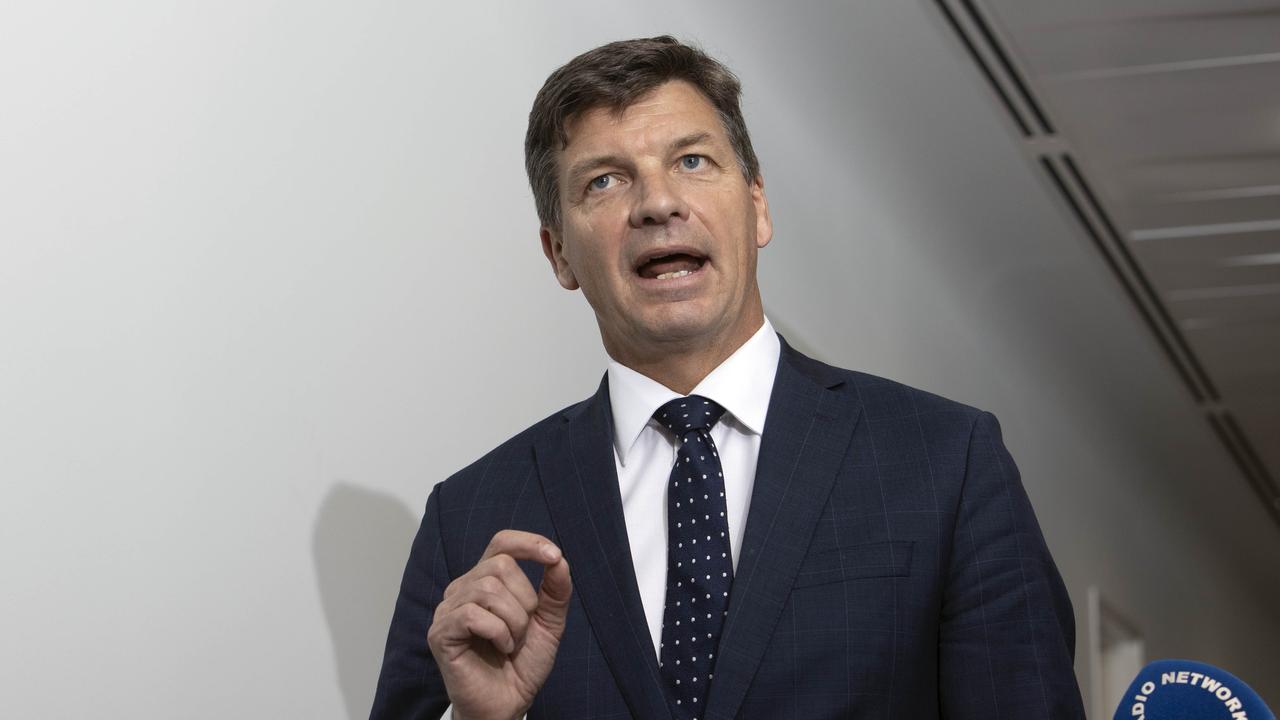
Gladstone is also being eyed off as a potential “hydrogen hub” for the nation.
Mr Taylor will on Monday say there is a ready-made market for Australia to sell the product if it can become financially viable, with Germany, South Korea having already signalled they are keen to buy up big.
“This creates a large export potential for Australia as global demand increases,” he will say at the Australian Hydrogen Conference.
“We’re well placed to produce clean hydrogen to meet the world’s energy needs, but we must unlock our potential and seize new market opportunities.”
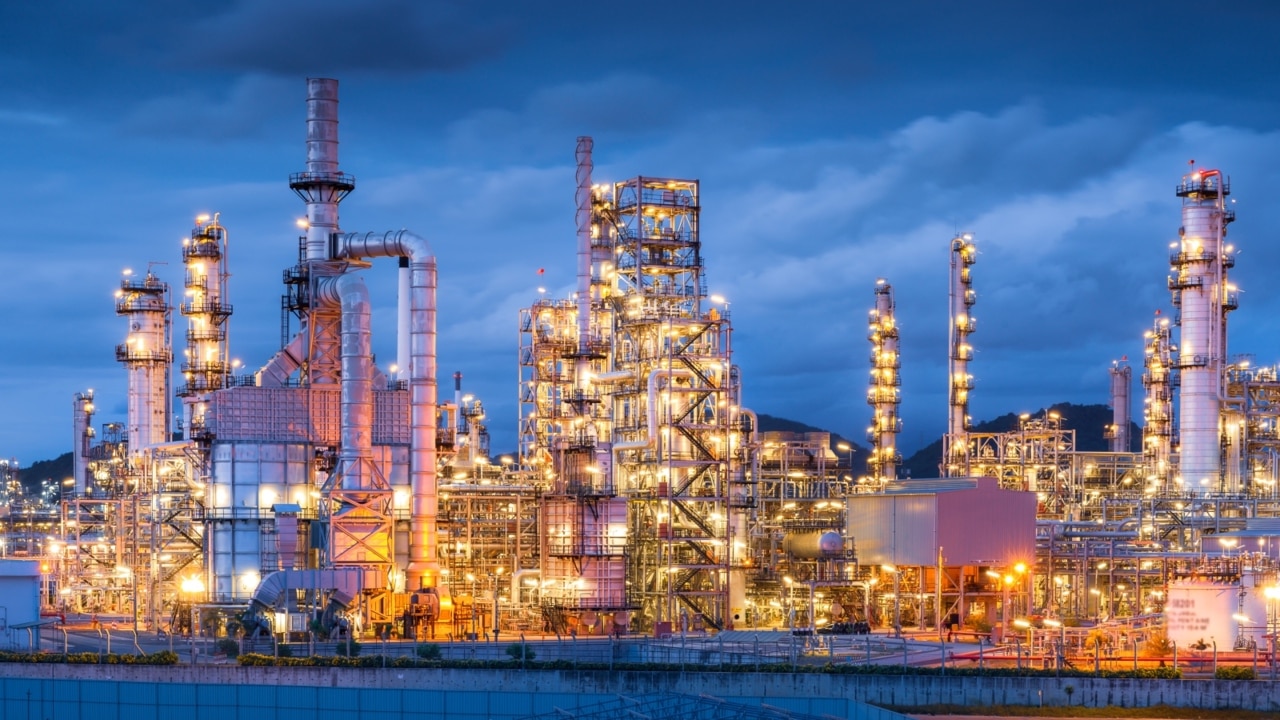
Mr Angus will say creating a hydrogen hub, bringing the resource’s users and exporters together in one place, will be needed to make the industry successful.
“This will help scale up the industry to drive down costs, and create the demand needed to fire-up the industry,” he said.
“A regional hydrogen export hub will allow us to create jobs, build larger and more efficient supply chains, and provide a focal point for workforce skills.”
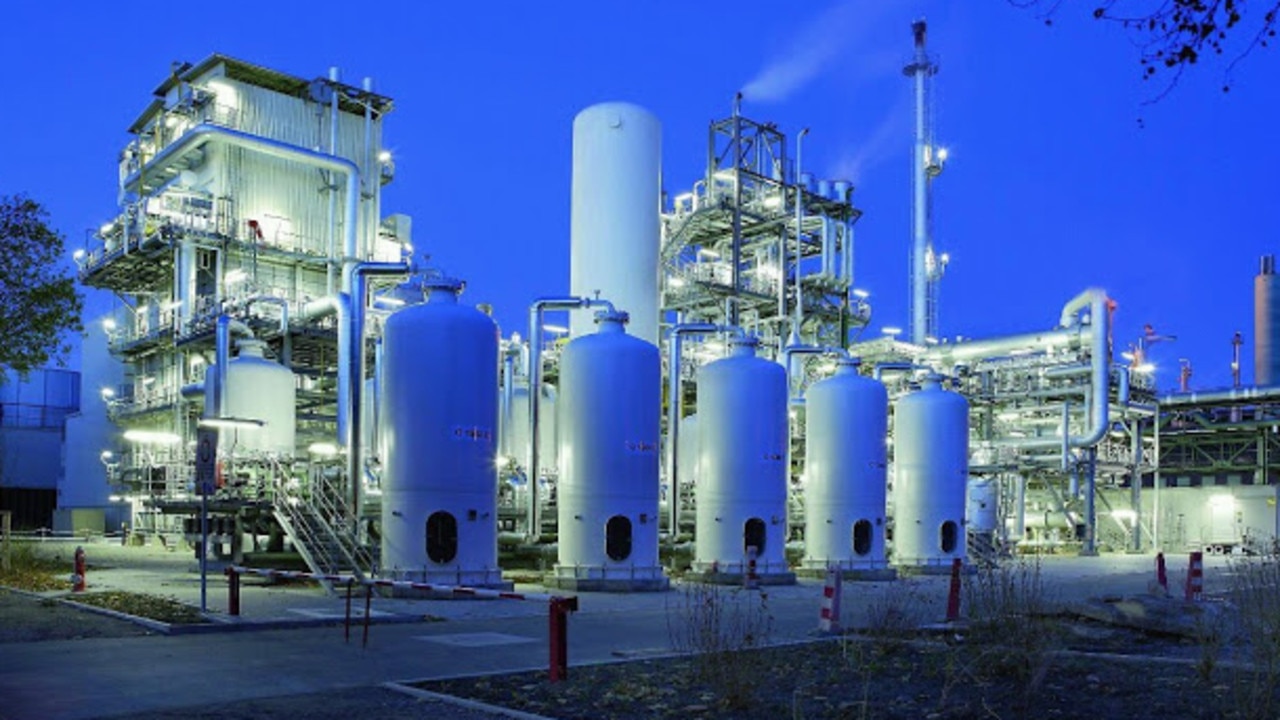
Gladstone is considered one of the top locations in the country for a hydrogen export hub.
To make it commercially viable and competitive against higher-emitting energy sources, production costs will need to drop below $2 per kilogram, Mr Taylor will say.
“For Australia, achieving H2 under 2 will be where the rubber meets the road,” he will say.
Global demand for hydrogen is about 70 million tonnes per year, but is projected to increase by 20 million tonnes within the decade.
